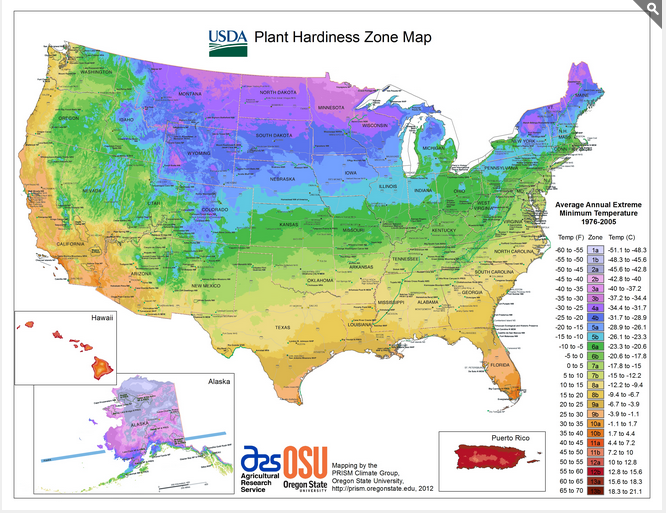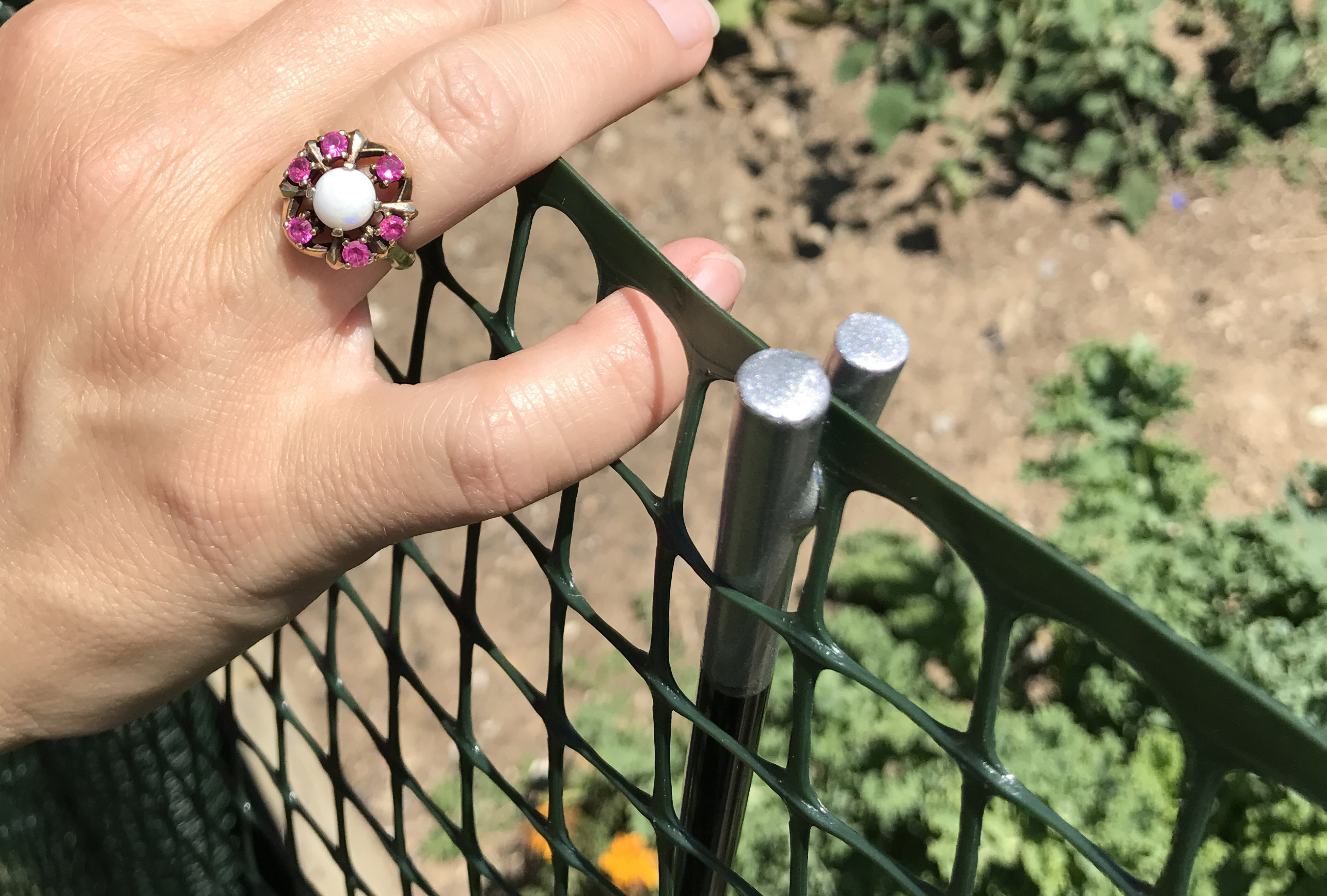
Winter Garden Planning
Garden Planning –
Depending on your neck of the woods, you are likely facing a season of short grey days with extreme cold. You may not be thinking of gardening quite yet. Winter isn’t gardening season, but it’s the perfect month for garden planning. Plotting this years’ garden and anticipating needs like soil, compost and plants can all be organized long before it’s warm enough to break ground in the spring. Visit garden.org/nga/zipzone/2012 to see your planting zone. You can do your research online or work with your local gardening center. Make a layout of your space and determine what percentage of your garden you want to allocate to each crop. If you’ve planted a garden before, keep in mind it is best for productivity to rotate the location of the plants.
Try journaling about your garden. Keep notes about your garden space, the types and varieties of plants/seeds and growing notes. If you have journaled each season’s successful gardening and logged the less than successful plant growth, you have a better idea of what seeds to order for this spring. If your local garden center isn’t yet available for seeds, check out Baker’s Creek Heirloom Seeds www.rareseeds.com for inspiration. Park Seeds parkseed.com carries seed pods as an excellent source for starting plants inside this winter in anticipation of your planing season. Domes and soil plugs have been successful for many gardeners. And if you haven’t maintained a gardening journal in the past, perhaps including plans to begin this season would serve you well in next year’s planning.
We don’t want to forget to mention that protecting your garden is important too. Consider one of One Step Fencing’s temporary fencing kit products to enclose your garden space. It works great to keep critters and pets out and keeping healthy plants and veggies in. Each kit contains 8 sturdy metal posts, 50′ of green netting and plastic ties to secure the netting to the posts. The nice thing about our kits is the “Y” bracket at the top of each post. It holds the netting in place so it won’t slip or slide. Kits can be combined together to make larger enclosures. Is 3 kits not enough and 4 kits too much? Simply cut the netting with a pair of scissors. Use the extra posts as extra reinforcement for your fence or as stakes for plants that vine or become top heavy. Here is a quick link back to our shop page. onestepfencing.com/buy-one-step-fencing/shop


